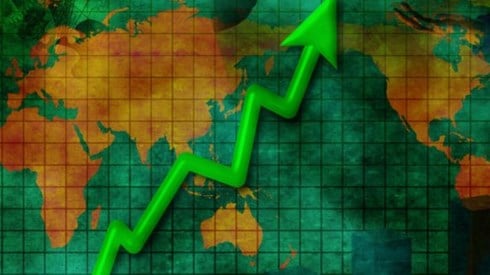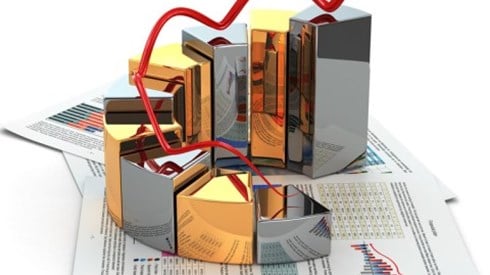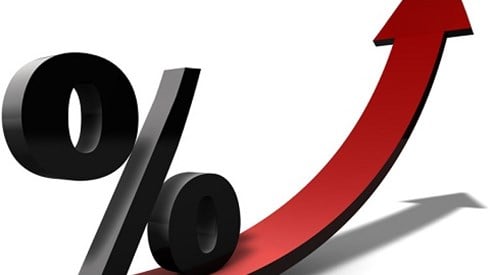WTW Seeing Biggest Upward Price Shift in Years
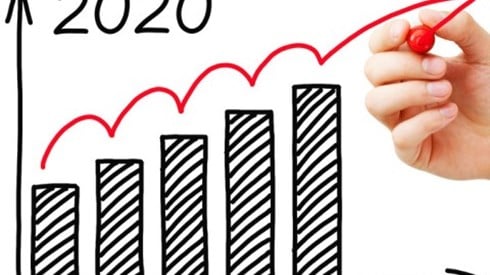
November 15, 2019
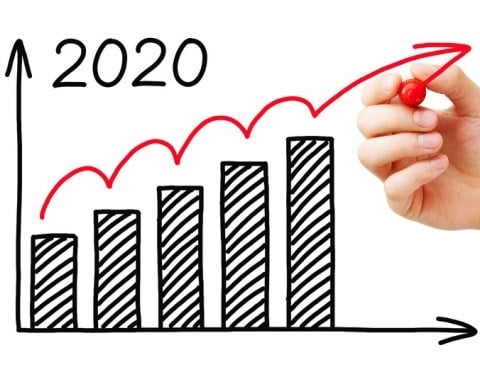
North American commercial insurance buyers will face sizable price increases in 2020 across most lines of insurance, according to the 2020 Insurance Marketplace Realities report by Willis Towers Watson (WTW). While WTW reports that capacity is available in all but the most challenged lines, underwriters are showing unprecedented discipline in its deployment, especially for risks they find perilous.
Overall, with buyers sitting squarely in a seller's market, 19 lines are expected to see price increases according to the report, with property, umbrella, and public company directors and officers (D&O) experiencing the most widespread hikes (20 percent and higher) and capacity withdrawals. Across two lines, international casualty and surety, WTW expects price decreases. Six lines (fiduciary, environmental, marine, political risk, kidnap and ransom, and terrorism) will have a mix of both or flat renewals.
"We're seeing the biggest upward price shift in years. We expect rate hikes and capacity constrictions will continue throughout 2020 and likely into 2021, but a more orderly market to emerge by mid-2020," said Joe Peiser, global head of broking, WTW.
"Nevertheless, as the market seeks equilibrium, there are reasons for optimism: The alternative capital market is showing renewed enthusiasm for reinsurance; the overall industry has more capital than ever; insolvencies are a rarity; InsurTech is working with market participants to improve the client experience, and the laws of supply and demand still apply. This challenging market won't last forever," he said.
WTW said several factors account for the firming market. Persistently low interest rates have dampened insurer returns on their investment portfolios. Across commercial property, extreme catastrophic weather and wildfires since 2017 have had a direct impact on pricing, prompting conditions to harden with the sustained escalation in rates. Over and above the company's baseline property rate pricing predictions, a micro-hard-market can be expected to produce increases of 50 percent to 100 percent and even up to 400 percent for challenged occupancies with poor losses and/or risk control deficiencies.
According to the report, the commercial liability market is worsening, with deteriorating loss trends that continue to negatively impact underwriting profitability, except in workers compensation, which remains stable. In fact, general liability predictions moved from the mixed category (increases and decreases approximately –5 percent to +5 percent) into single-digit increases for virtually all buyers.
Auto liability continues to be unprofitable for personal and commercial insurers as losses continue to climb due, in part, to economic growth—which has companies facing labor shortages relying on more inexperienced workers who have a higher rate of accidents, especially in trucking. A strong economy also means more vehicle traffic and accidents, particularly as distracted driving persists. The umbrella/excess liability market is experiencing significant disruption, especially for large company buyers.
Social inflation is another key factor driving rate increases in the liability marketplace. Companies continue to be held accountable for social ills, whether they were actors or bystanders, and today's juries seem numb to monetary values. Fingers are also being pointed at D&O, underscored by a record number of shareholder class actions. Accordingly, D&O liability insurers have demonstrated discipline by raising rates and hedging bets by deploying much lower limits on any one risk.
In the cyber market, with ransomware incidents increasing dramatically across all industries in frequency and magnitude, including some high-profile breaches, we are starting to see an uptick in premiums and a cautious deployment of capacity across the global marketplace. Primary and excess cyber renewals are now averaging premium increases in the +5 percent to +10 percent range, though flat renewals should be possible for some.
Political risk and kidnap and ransom both showed some softening since WTW's spring report. Political risk prices are expected to be flat (except for high-risk countries where prices may rise 10 percent). With global nationalism on the rise, US businesses may come under scrutiny because of where they're located. Rates for kidnap and ransom will be mixed –5 percent to +5 percent, as insurers continue to reduce exposure on cyber-extortion events and adjust policy language pertaining to cyber events that could be considered part of a ransom scenario.
Key Price Predictions for 2020
"There's work to be done in the short run to avoid the worst of the rate hikes," said Mr. Peiser. "Buyers should allot plenty of time to work with their advisers, provide robust risk information to potential risk takers, consider options across the global marketplace and take advantage of analytic tools. They should also continue to invest in risk control measures. The cheapest loss is the one avoided."
He added, "In the long run, we urge risk professionals to keep an ear to the ground on the topic of climate risk, which may soon have an impact on the valuation of every business."
November 15, 2019
